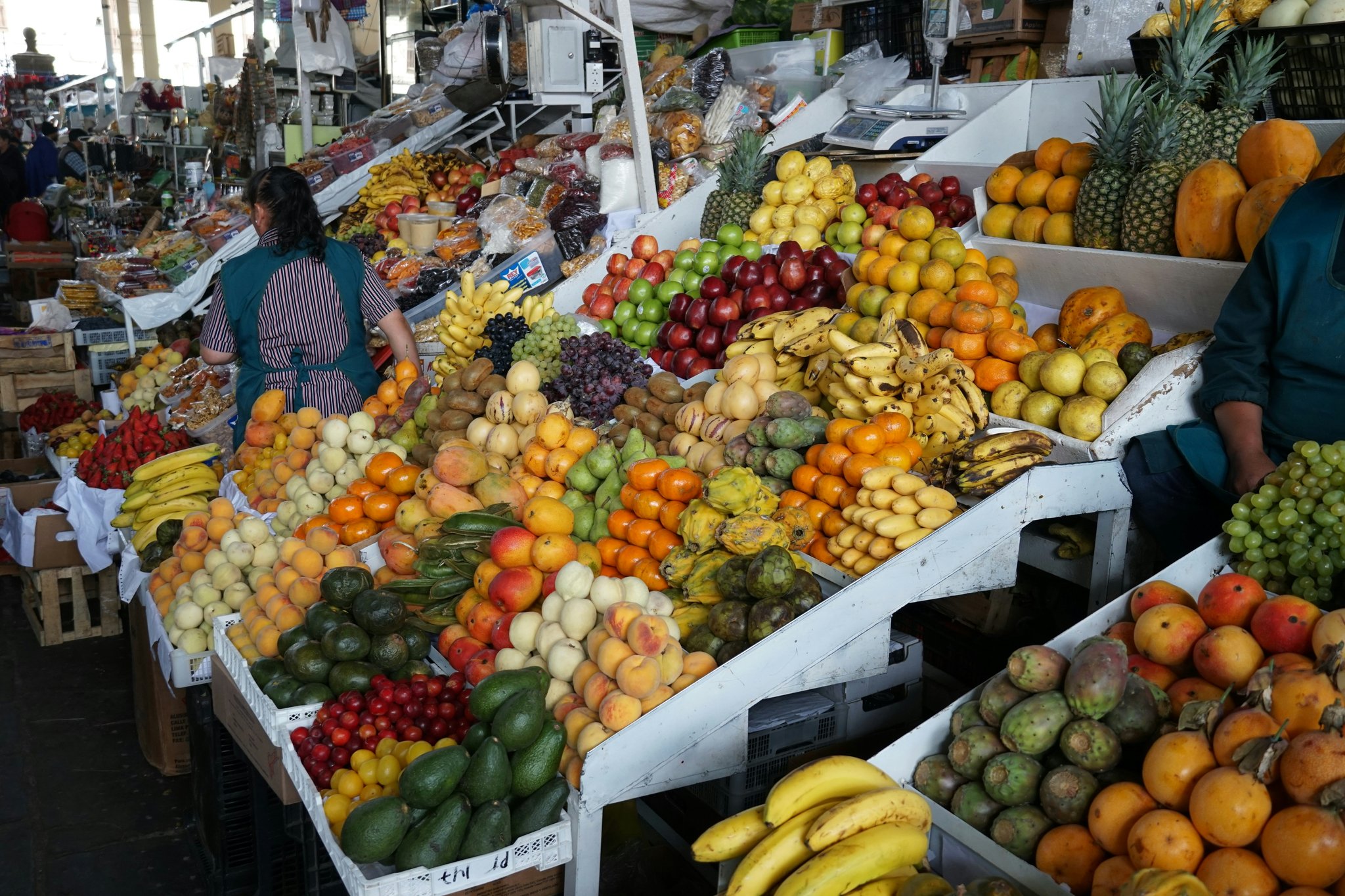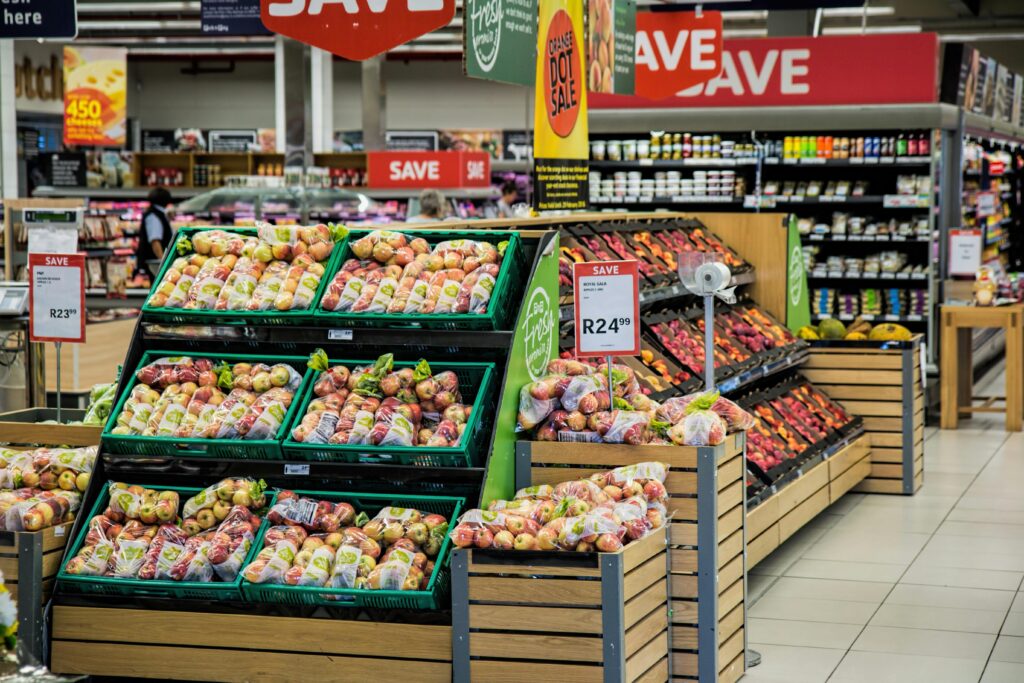Ever walked out of a grocery store feeling like you’ve just been robbed? Yeah, us too. It’s no secret that keeping your wallet happy while filling your cart can feel impossible—especially when prices seem to skyrocket overnight.
If you’re tired of spending half your paycheck on food, this blog post is for you. We’ll dive into how you can achieve smart savings tops groceries by mastering the art of shopping smarter—not harder—at budget-friendly markets. You’ll learn strategies to stretch every dollar without sacrificing quality or nutrition.
You’ll discover:
- The surprising truth about where most people waste money at the grocery store
- A step-by-step guide to maximizing your budget at friendly markets
- Tips and tricks from real-world shoppers who are pros at saving big
- A brutally honest FAQ section answering all your burning questions
Table of Contents
- Key Takeaways
- The Problem With Grocery Spending
- Step-by-Step Guide to Budget Shopping
- Pro Tips for Smart Savings
- Real-Life Examples of Successful Shoppers
- FAQs About Smart Grocery Shopping
Key Takeaways
- Friendly markets often offer better deals than chain stores.
- Meal planning and sticking to a list prevent impulse buys.
- Buying in bulk doesn’t always mean saving—know what works for your household.
- Private-label brands aren’t evil; they can save you 20-30% compared to name brands.
Why Does Grocery Shopping Feel Like Throwing Money Into a Black Hole?
Confession time: I once spent $150 on “just a few things” because I went grocery shopping hungry (never do this). The result? A cart full of chips, chocolate, and zero practical staples like rice or beans. Sound familiar?
According to USDA data, the average American household spends around $450 per month on groceries. That’s more than many monthly utility bills! But here’s the kicker—it’s not just about overspending; it’s also about inefficiency. From poorly planned trips to falling victim to shiny marketing tactics, we lose money before even reaching the checkout line.

Step-by-Step Guide to Achieving Smart Savings Tops Groceries
Optimist You: “There has to be a way to shop smarter!”
Grumpy You: *Sips coffee* “Yeah, but only if there’s caffeine involved.”
Step 1: Scout Out Friendly Markets
Not all stores are created equal. Friendly markets—which include local co-ops, discount grocers, and farmer’s markets—are treasure troves of affordable finds. These places focus on community-driven pricing models rather than corporate profits.
Step 2: Make a Detailed List Before You Go
Here’s a pro tip: Never walk into a store unprepared. Write down exactly what you need based on your meal plan for the week. Bonus points if you organize items by aisle layout (yes, supermarkets are designed to confuse you).
Step 3: Stick to Your List Like Glue
This sounds easier than it is. If you’ve ever wandered off course, you know how tempting those end-cap displays can be. Repeat after me: “I will not buy anything extra.” If necessary, leave your kids at home—they’re tiny salespeople.
Step 4: Use Coupons Strategically
Gone are the days of clipping coupons from Sunday newspapers. Today’s savvy shoppers use apps like Ibotta, Rakuten, and Honey to score instant discounts. Just make sure the deals align with your actual needs.
Pro Tips for Crushing It at Smart Savings Tops Groceries
- Buy Seasonal Produce: Strawberries in winter? Nope. Buying produce in season cuts costs significantly.
- Embrace Store Loyalty Programs: Free rewards points might sound lame, but free money never hurt anyone.
- Shop Alone: Partners and friends are great—but terrible enablers when shopping. Solo missions = fewer temptations.
- Don’t Fear Private Labels: Yes, generic ketchup tastes just as good as Heinz (sorry, Heinz lovers).
Success Stories: People Who Crushed Their Grocery Game
Meet Sarah, a mom of three who cut her monthly grocery bill by 40%. Her secret weapon? A combination of loyalty apps and weekly visits to a nearby friendly market. She swears by buying chicken breasts in bulk during sales and freezing portions for later.
Or take Jake, a college student who learned to cook simple meals using ingredients he found at discounted farmers’ markets. His favorite hack? Swapping expensive snacks for homemade popcorn seasoned with herbs.

FAQs About Smart Grocery Shopping
Should I Avoid Organic Food to Save Money?
Nope! While organic options tend to be pricier, buying non-organic versions of certain items (like bananas or avocados) won’t harm you. Prioritize organic for the Dirty Dozen list (produce with high pesticide levels).
Is Bulk Buying Always Cheaper?
Terrible Tip Alert: Not always! Bulk buying works wonders for shelf-stable items like pasta or canned goods but fails miserably for perishables unless you have a concrete plan for using them quickly.
Can I Really Trust Apps to Help Me Save?
Absolutely! Most modern coupon apps integrate seamlessly with receipts, ensuring cashback or direct discounts hit your account almost instantly.
Rant Time: Why Are Grocery Stores So Confusing?
I’m looking at YOU, cereal aisle. What’s with placing five different brands of Cheerios next to each other? It’s dizzying and adds unnecessary decision fatigue to my life. My solution? Memorize the exact location of essentials so you’re in and out fast.
In Conclusion
Achieving **smart savings tops groceries** isn’t rocket science—but it does require some intentionality. By scouting out friendly markets, prepping lists ahead of time, and embracing clever hacks, you can transform dreaded grocery runs into victory laps. Happy shopping!
P.S. Like a Tamagotchi, your savings strategy requires daily care. Feed it well, and watch it thrive.


